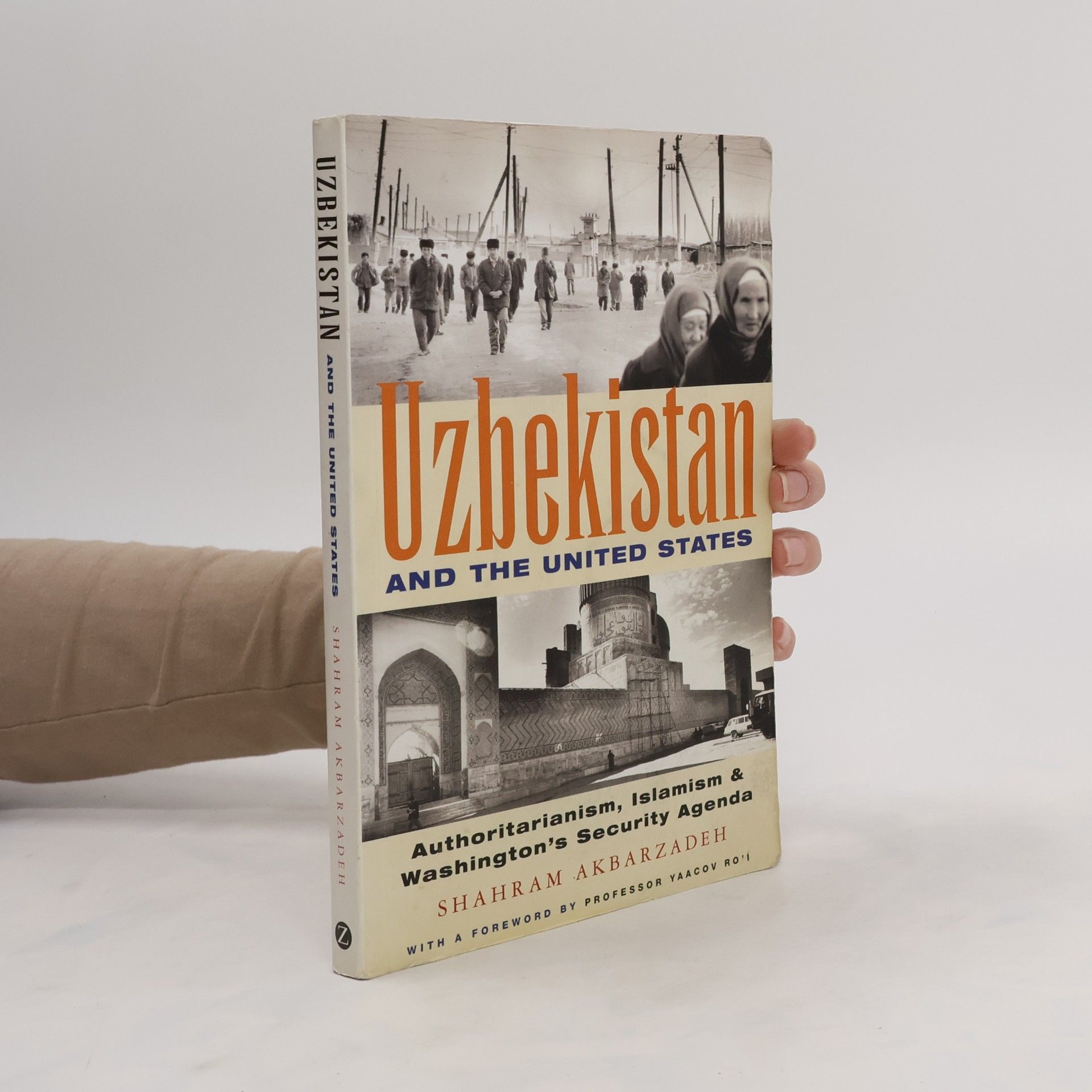The second edition offers an in-depth analysis of current political dynamics and international relations in the Middle East. It explores key crises and their implications, providing a thorough understanding of the region's complexities. This textbook is essential for students and scholars seeking to grasp the intricate interplay of local and global factors shaping Middle Eastern politics today.
Shahram Akbarzadeh Book order



- 2022
- 2021
Investigating presidential elections in post-revolutionary Iran, this book argues that political and cultural imagination and expectations in Iran have secularized regardless of the reformist/conservative political divide. číst celé
- 2005
Uzbekistan and the United States
Authoritarianism, Islamism and Washington's Security Agenda
- 186 pages
- 7 hours of reading
This volume concerns the about-turn in US foreign policy towards Uzbekistan since 9.11